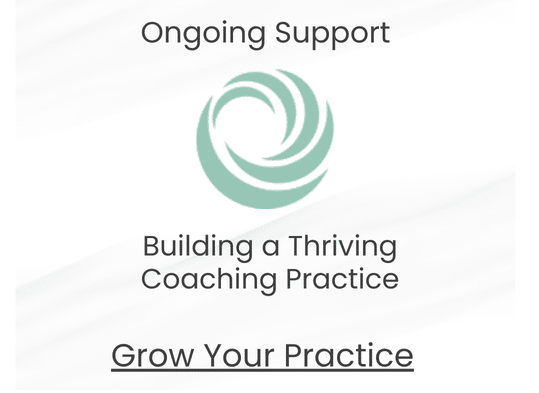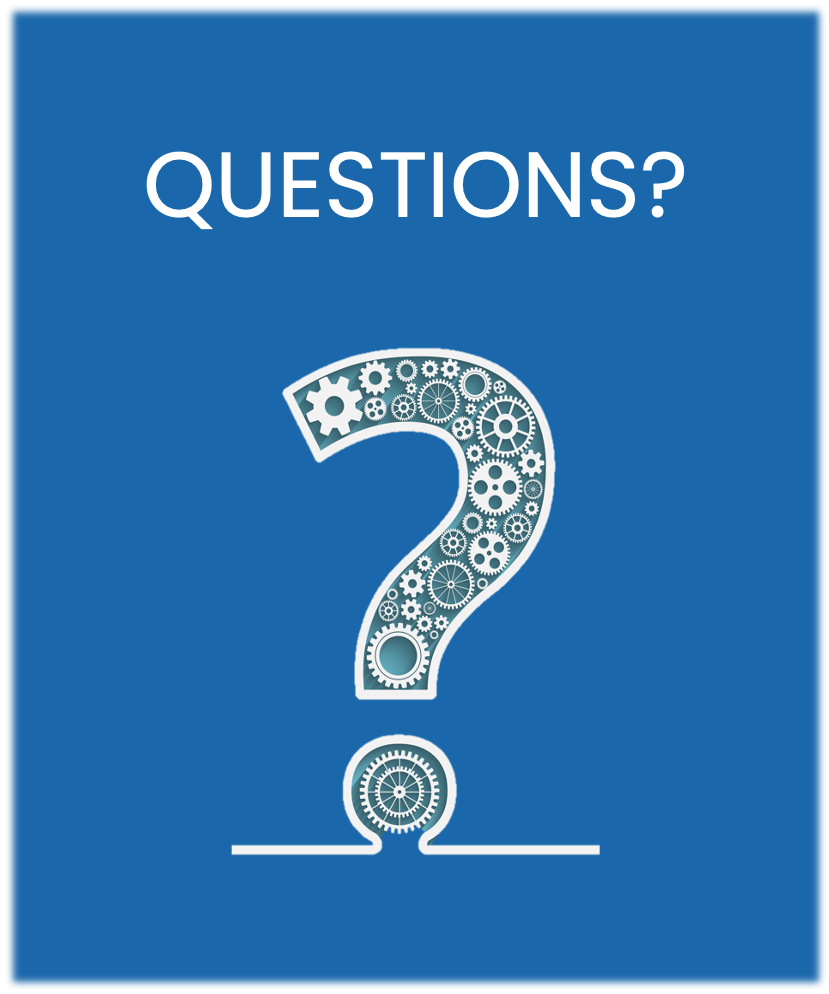by Megan McDonough
You know this to be true: Yoga improves your emotional state. That’s obvious to anyone who has stepped onto the mat, or taught others and noticed the shift in the room as the class progresses. What is it about the Breath of Joy that actually makes us feel joyful? Or the strength of Warrior pose that makes us feel powerful? Or the surrender of Child’s pose that makes us feel nurtured?
There’s an intimate link between the movement of the body and the thoughts of the mind. People call this the mind/body connection. A more accurate phrase may be mind/body unity. The mind and body are cut from the same cloth. The body and mind are two sides of the same coin. This intimately linked feedback loop between body and mind is what psychologists call “embodied cognition” or “embodied mind.”
Embodied cognition: A definition
Cognition refers to the thought process of acquiring, integrating, and applying knowledge. It includes taking in information, forming concepts that put that information to practical use, and making judgments based on that understanding. It’s a mental process that includes reasoning, language, awareness, perception, and judgment.
Yoga teachers and practitioners know the term embodiment. We live it on the mat through the awareness that we hold in a posture—giving intimate, detailed attention to the length of our hands all the way to our fingertips, the grounding of our feet on the earth, the lift of the top of the head to the sky. Asana informs us about what it feels like to inhabit every part of our physical being. We fill the container of our own skin with our mind’s eye. The more we include the whole of our body in the yoga experience, the richer the practice.
Philosophers, psychologists, and even artificial-intelligence researchers who study embodied cognition and the embodied mind contend that the body shapes cognition. Or, to put it more simply, yoga postures shape how we think and feel—and, by extension, how we act.
The confidence of Tadasana
Take the posture Tadasana (Mountain pose), with the hands on the lower back, supporting the back and pelvis as you lift up through the heart. It might be clear how Mountain pose affects the body—perhaps the shoulders feel more spacious, or the breathing deeper. But how does the posture affect the mind? According to Amy Cuddy, a researcher at Harvard University, that two-minute pose has a direct impact—both in terms of hormonal changes (attitudes in the mind) and on subsequent behavior (actions through the body).
In one study, participants’ saliva was tested for the hormone testosterone, which is associated with power and confidence, and cortisol, the stress hormone. After the swab, they were asked to strike either a low-power pose or a high-power pose, for two minutes. The low-power posers took up less space, crossing arms and legs protectively and curling the spine. High-power posers took up lots of space. Think of Wonder Woman with her legs wide and hands on her hips, or the Mr. Big executive type with feet on the desk and fingers intertwined behind his head.
At the end of two minutes, the saliva was tested again and participants were given two dollars and asked if they wanted to keep it, or gamble with a roll of the dice, with a 50/50 chance to double their money. After only two minutes, the high-power poses caused an increase in testosterone compared with low-power poses, which caused a decrease. High-power poses also caused a decrease in cortisol compared with low-power poses, which caused an increase. In later studies, participants who adopted dominant poses displayed higher pain thresholds than those who adopted submissive or neutral poses, and high-power posers performed better in high-stakes situations.
Applying power postures
In other words, taking up lots of space with your body increases the power hormone and decreases the stress hormone. It changes your physiology. These changes affect decisions, actions, and behaviors. High-power posers were more likely than low-power posers to focus on rewards— 86 percent took the gambling risk, vs. only 60 percent of the low-power posers.
Finally, high-power posers reported feeling significantly more powerful and “in charge” than low-power posers did. The researchers state, “A simple two-minute power-pose manipulation was enough to significantly alter the physiological, mental, and feeling states of our participants. The implications of these results for everyday life are substantial.” The implications for yoga teaching and yoga therapy are equally substantial.
—This post was originally published in Kripalu: Thrive.
Megan McDonough is CEO of Wholebeing Institute, an educational organization co-founded with Dr. Tal Ben-Shahar. WBI is committed to spreading ideas and practices that can help individuals and groups live life to its fullest.
Click here for a course listing.











After doing the CIPP l am now training to be a Yoga Therapist. This stuff is so interesting and powerful and l want it to where my career path leads. The future of medicine will be very different and Yoga techniques will have a big role to play.